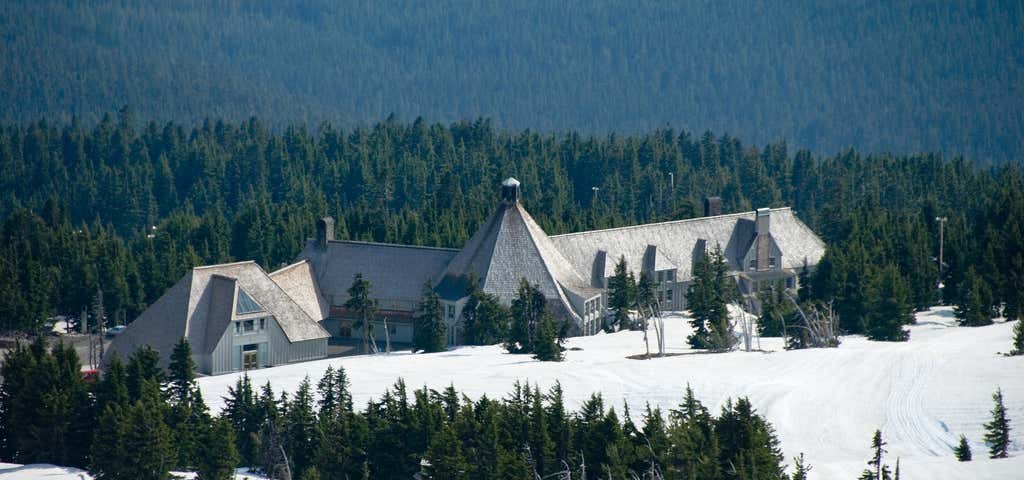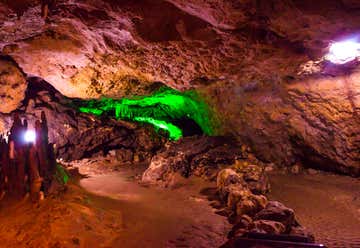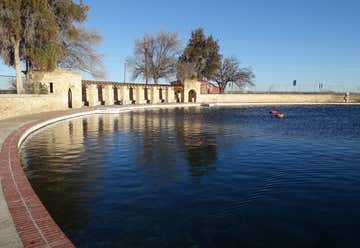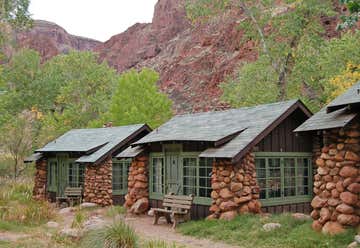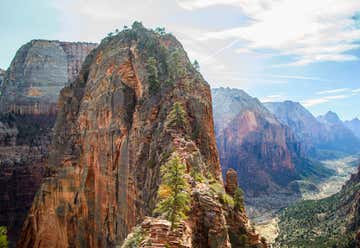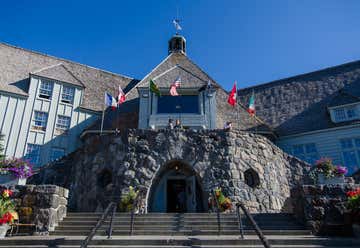The Great Depression was undoubtedly a dismal time in American history; jobs were scarce, lives were upended, and it was pretty hard to have a positive outlook about pretty much anything. But, as hard as it is to believe, plenty of good came from it. The most obvious example is the CCC, or the Civilian Conservation Corps, a New Deal initiative by FDR to provide jobs, food, and housing for young, unemployed men building and fixing parks, roads, and other public works.
From its start in 1933 to when it was shut down (because of WWII) in 1942, over 3 million young men participated in the program. Once you signed up and were accepted, you were sent to a camp, which honestly was a bit like being at a summer camp. You and a bunch of other guys your age spent your days developing roads and trails or building pavilions, lodges, and other structures, and your evenings hanging out in some of America's most stunning landscapes. CCC members made $30 a month, of which $25 had to be sent home to their families, and there were even special CCC programs for Native Americans and veterans. The program was much loved by the general population and by its members: It got young men outside and in shape while giving them the chance to earn money, and the public works benefitted everyone. Even though the program doesn't exist (in its original form, at least), we still take advantage of many of those projects to this day. Here are some of the spots you never knew were the work of the CCC.
The CCC actually did a lot of forest conservation in addition to developing parks. Throughout the program's life, it helped plant nearly 3 billion trees to help reforest the US. They also helped improve forest fire fighting methods across the country as well. Manistee National Forest is one area that benefitted from the CCC's work planting trees. Logging was a big industry in the area, and reforesting helped bring camping, hiking, boating, and more back.
Before the Blue Ridge Parkway was authorized by Congress and made into an NPS project, it was known as the Appalachian Scenic Highway. But, in 1936, when it was formally placed under the jurisdiction of the NPS, New Deal agencies like the Emergency Relief Administration got to work making it even better. CCC members mostly did roadside cleanup, planted trees along the road, and improved adjacent fields and forests. After the CCC was closed, WWII-era conscientious objectors replaced their jobs working along the parkway.
Florida Caverns State Park is the only park with air-filled caves that are accessible to the public, and we wouldn't have it without the CCC. Explore the caves, which are filled with stalagmites, stalactites, and flowstones, along with blind crayfish, bats, and salamanders. They also built a 9-hole golf course, and the park is home to campsites, trails, and a great interpretive center.
Developed by the Civilian Conservation Corps in the 1930s, Balmorhea State Park is still a bustling destination that offers swimming, scuba diving, and camping. The biggest attraction is the spring-fed swimming pool, which is open daily. The pool occupies more than 1.75 acres and is up to 25 feet deep in places, making it the largest spring-fed swimming pool in the world. Everything really is bigger in Texas! The CCC also built the San Solomon Springs Resort, an old-school motor lodge where you can still spend the night.
The CCC did a lot of work developing National Parks by forming trails, crafting lodges and visitor centers, and planting trees. Phantom Ranch, the only accommodation option at the bottom of the Grand Canyon, was one building that was improved by the CCC. It features dorm-style sleeping arrangements and a restaurant (that can only serve those who reserve meals far in advance), but it's so incredibly popular that you can't stay without a permit, which can be hard to come by as they're issued via a monthly lottery. Thanks to the CCC, it's now pretty easy to at least reach the ranch via mule or hike... if you can even get the rare chance to stay here!
Zion had been set aside as a National Park since 1919, but when the CCC came to visit during the 1930s, they made a ton of vital improvements. What would Zion be without its many trails highlighting the stunning natural features? Few could even reach Zion to visit before roads, bridges and other important facilities were built, as it was in a totally remote location, and it was thanks in part to the CCC that the park is what it is today.
The Timberline Lodge was maybe the crown jewel of the Works Progress Administration (WPA) and the CCC. Made mainly of recycled materials and ornately furnished, 80% of the cost to build the famed lodge was spent on labor, and workers were rotated frequently to ensure that as many people as possible were given the chance to work on it. It was even decorated by the Federal Art Project; old CCC camp blankets were woven into beautiful hooked rugs, discarded utility poles were hand-carved, even the fireplace screens were hand-fashioned from tire chains. FDR actually attended the opening ceremony itself, and dedicated the lodge to the WPA. He and his wife were reportedly dazzled by the lodge, set on stunning Mount Hood, and its decorations.
Theodore Roosevelt National Park has existed in some form pretty much since T.R.'s death in 1919. It was the Roosevelt Recreation Demonstration Area for a bit in the 1930s, when the CCC set up camps in both of the park's units to building roads and structures, and then in 1946, it spent a year as the Theodore Roosevelt National Wildlife Refuge before it became the Theodore Roosevelt National Memorial Park. In the 1970s, it was finally declared a National Park... and since the CCC had already developed it, it was a pretty easy decision.
IntoTheWild
Earth and sky, woods and fields, lakes and rivers, the mountain and the sea, are excellent schoolmasters, and teach some of us more than we can ever learn from books. -John Lubbock
